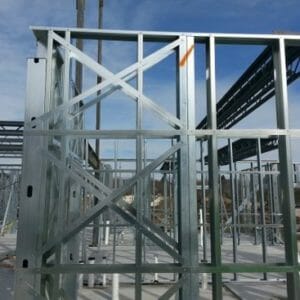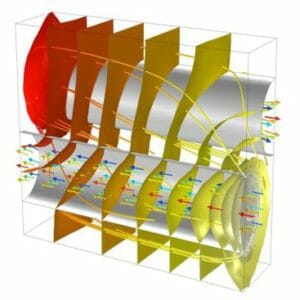E – 1991 Distribution System Reliability Impact of Renewables’ Widespread and Climate Change Goals
$75.00
Courses Included
The reliability of the distribution system varies whether the distribution circuits are overhead or underground. The distribution design plays an even bigger role, whether it is radial, autoloop, buried residential distribution or network.
The utility’s reputation is measured by the total number of customers interrupted, total outage duration, number of interruptions, whether momentary or permanent in a given time. Typical distribution circuits do not have the same capability/reliability or length as typical transmission circuits. This course will compare substation designs, impact of weather on the circuit reliability and common modes of failure.
This course will introduce you to the 5-35 kV class known as the medium voltage system, the impact of different weather patterns on various distribution designs as well as the impact of various faults from a substation and circuit level. The course will also analyze common reliability indices and how to improve them.
In Distribution System Reliability, you’ll learn …
- Similarities and differences between distribution and transmission systems
- Reliability of overhead vs. underground lines
- Why a straight bus design is the least reliable
- Various fault scenarios and how they impact reliability based on the substation design






